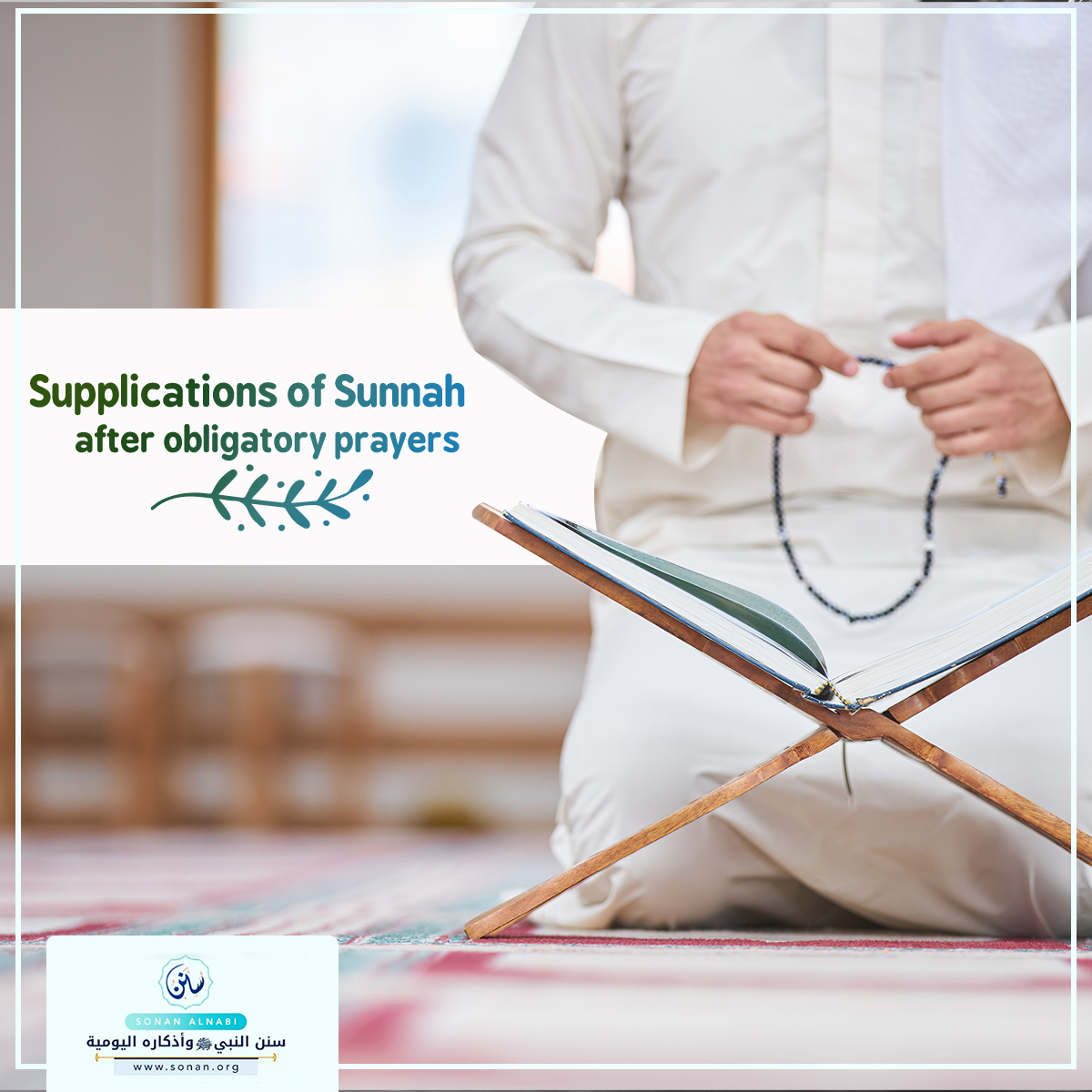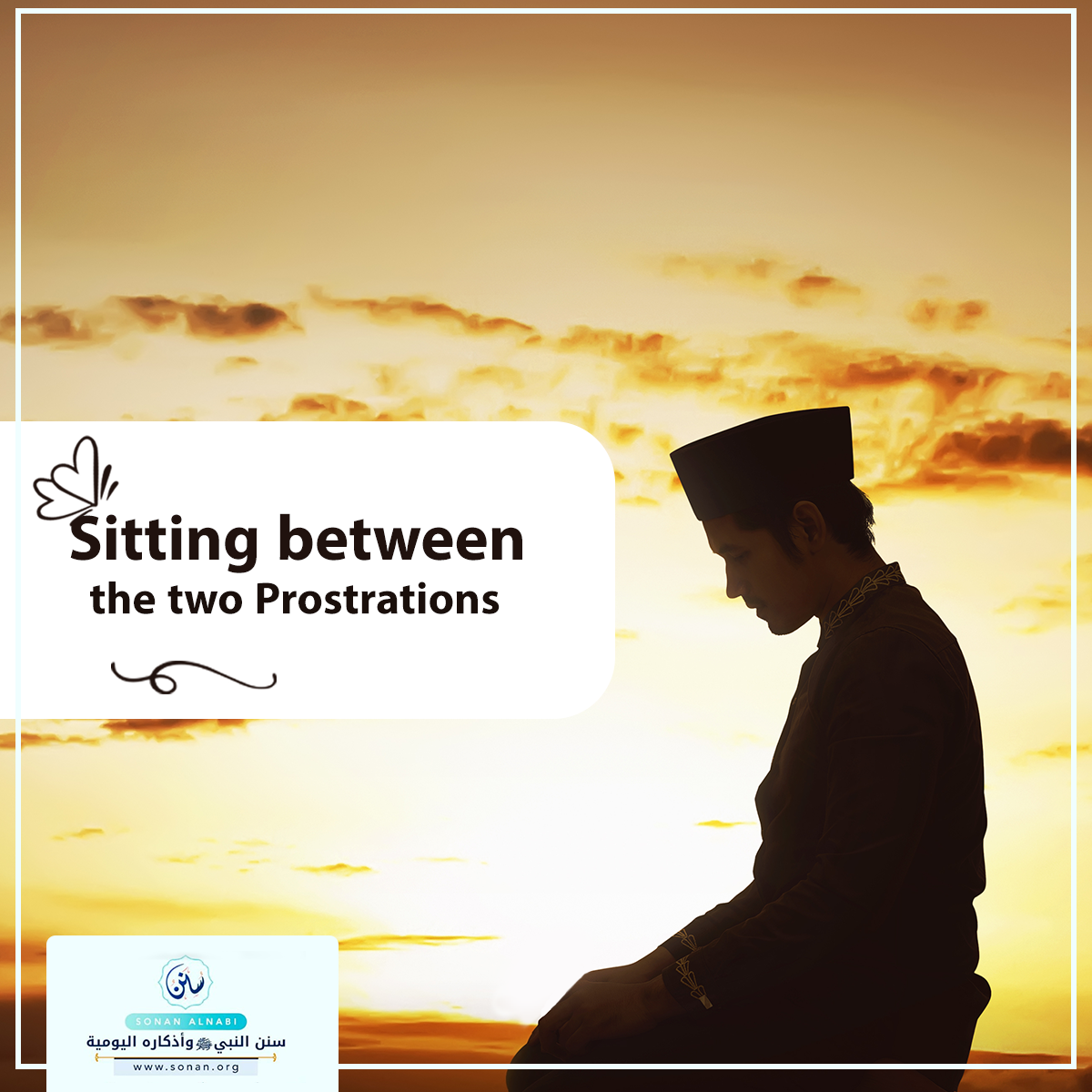Search
Album
-
Maghrib Time
1. Preventing children from playing outside at this time. 2. Locking the doors at the beginning of Maghrib time and mentioning Allāh’s name. Applying these two acts of Sunnah protects from the evil of devils and Jinn. Preventing children from playing outside particularly at this time will pr ... More
-
The time for Adthkār of the Evening
It appears, and Allāh knows best, that the correct opinion is that the time for Adthkār of the Evening starts after ‘Asr prayer and continues until sunset (Maghrib). Moreover, it is also allowed to perform Adthkār of the Evening after Maghrib, especially for someone who had an excuse to delay them u ... More
-
The time for Adthkār of the Morning:
The time for Adthkār of the Morning starts at the break of the true dawn, namely the time for Fajr prayer. Thus, the time for morning Adthkār begins when the Mu’adthin makes Adthān for Fajr. This is the opinion of the majority of scholars, may Allāh have mercy on them all. ... More
-
Dhuhā Time
It is Sunnah for a Muslim at the time of Dhuhā (forenoon) to offer Dhuhā prayer.This is proven by the following Ahādeeth: 1) The Hadeeth of Abi Hurayrah (ABPWH), who said,“My beloved one (i.e. the Prophet (PBUH)) advised me to do three things: To fast three days in every month, to offer the two Ra ... More
-
Adthkār of the Morning (and the Evening):
{ أَمْسَيْنَا وَأَمْسَى الْمُلْكُ لِلَّهِ ، وَالْحَمْدُ لِلَّهِ لاَ إِلَهَ إِلاَّ اللَّهُ وَحْدَهُ لاَ شَرِيكَ لَهُ اللَّهُمَّ إِنِّي أَسْأَلُكَ مِنْ خَيْرِ هَذِهِ اللَّيْلَةِ وَخَيْرِ مَا فِيهَا، وَأَعُوذُ بِكَ مِنْ شَرِّهَا وَشَرِّ مَا فِيهَا ، اللَّهُمَّ إِنِّي أَعُوذُ بِكَ مِنَ الْكَسَلِ ، وَالْ ... More
-
Adthkār of the Morning
Time for Adthkār of the Morning starts from the time of Fajr (i.e. once the Mu’adthin makes Adthān). Undoubtedly, Adthkār are protection for the Muslim in this life, and treasures of reward in the Hereafter. ... More
-
Remaining seated after finishing Fajr prayer in one’s place of prayer until the sun rises
Jābir Ubn Samurah h narrated, Samurah h narrated, “The Prophet h used to remain seated in his place in the mosque after praying Fajr until the sun fully rises.” (Muslim no. 670) ... More
-
Supplications of Sunnah after obligatory prayers
Q2-S7Number 8 of Sunan of Prayer8) Supplications of Sunnah after obligatory prayers. By this we mean immediately after Tasleem from obligatory prayers.Al-Imām Un-Nawawiy, may Allāh have mercy on him, said, “Scholarsunanimously recommended the Adthkār after prayer.” (Al-Adthkār, p.66)It is recommend ... More
-
Sunan of Tashahhud.
Number 7 of Sunan of Prayer7) Sunan of Tashahhud. Tashahhud is a position in prayer in which the worshiper sits downafter the second Rak‘ah, and after the last Rak‘ah of prayer, andsupplicates with a specific formula referred to as the supplication ofTashahhud.Prayers consisting of two Rak‘ah ... More
-
Sitting between the two Prostrations
Number 1 of Sunan of Sitting Between the Two Prostrations:1- Placing the left foot flat on the ground and sitting on it, and placing the right foot erect upright. This is supported by the Saheeh (trusted) Hadeeth of Abi Humayd Is-Sā‘idiy which states, “When the Prophet (PBUH) sat between the ... More
-
Sunan of Sujood (The position of Prostration).
Number 1 of Sunan of Prostration 1. Keeping a distance between the arms and the side, and between the thighs and the belly while prostrating. ‘Abdullāh Ibn Baheenah (ABPWH) narrated, “When the Prophet (PBUH) prostrated, he used to keep his arms so wide apart that we used to see his armpits.” ... More
-
Sunan of the position of standing after rising up form Rukoo
Number 1 of Sunan of standing after rising up from Rukoo‘1- Prolonging this pillar. Thābit Il-Banāniy narrated through Anas t that he said, “I make sure to lead you in prayer in a way that resembles the way the Prophet led us in prayer.” Thābit Il-Banāniy said, “Anass was doing something that you d ... More












